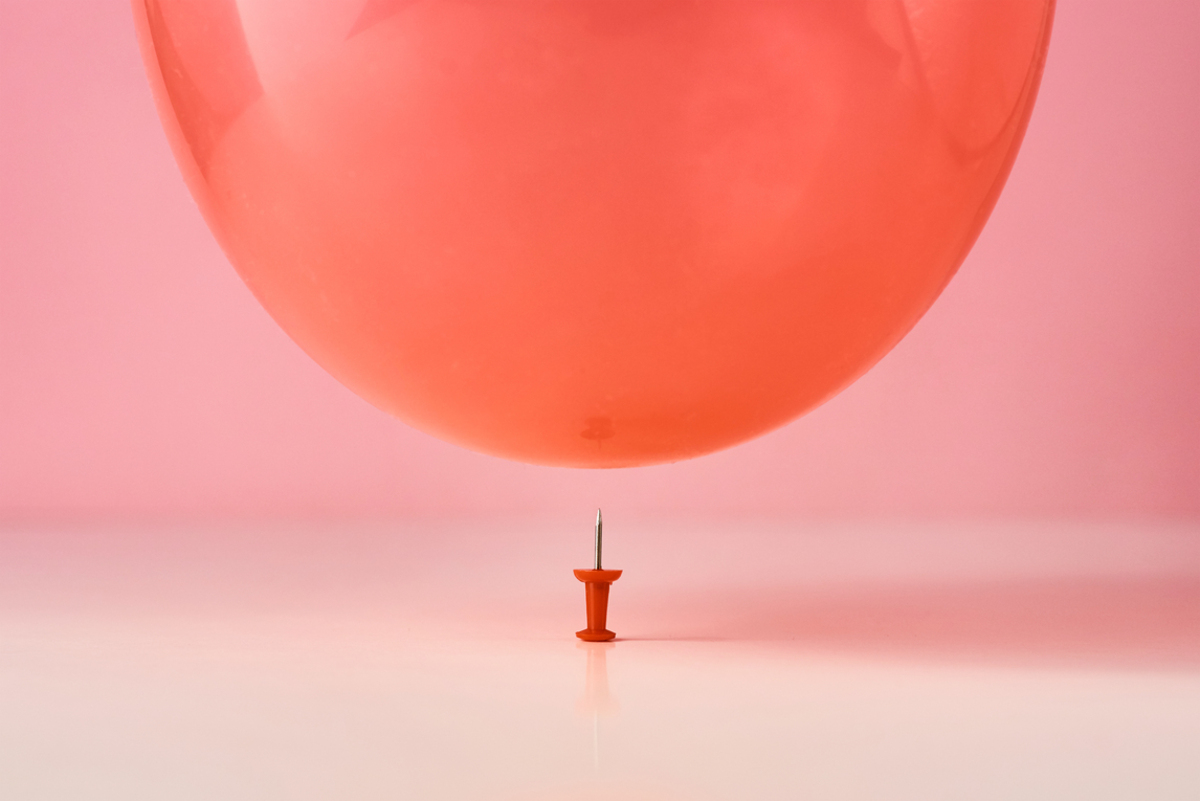What should you know about aortic aneurysms, permanent balloon-like bulges in the aorta? Here are six things you don't hear every day.

1. Small aortic aneurysms in women are more likely to burst
Although aortic aneurysms are five times more common in men, women have a higher risk of aortic rupture. These ruptures are also more likely to occur soon after the initial diagnosis.
There isn’t a significant difference between the male and the female aorta. However, estrogen (a female sex hormone) might play a role by inhibiting the destruction of the aortic wall. Other than that, it has been shown that small aortic aneurysms in women have thinner walls than aneurysms of the same diameter in men. This might be why women have a higher risk of aortic rupture, even though they have a relatively small aneurysm (less than four centimeters).
2. When you quit smoking, the risk of aortic aneurysm remains unchanged for at least 10 years
Smoking is the one of the main, if not the main, controllable risk factors for both the formation of the aortic aneurysm, as well as its rupture. The risk for aortic aneurysm rises with the number of cigarettes consumed on a daily basis.
Studies show aortic aneurysm is five times more common in current smokers than in people who never smoked. In former smokers this risk is two times higher than in non-smokers.
3. Diabetes can prevent the development of an abdominal aortic aneurysm
This one might seem contradictory at first, keeping in mind that diabetes presents a serious risk factor when it comes to cardiovascular diseases. The exact mechanism of this strange phenomenon isn’t clear yet, but scientists theorize that this happens because of reduced stress on the aortic wall, which is shown to be thicker in people suffering from diabetes.
Others argue that the answer lies in low serum of some MMP (matrix metalloproteinases) activity in patients with diabetes. MMPs are a group of enzymes that play an important role in the process of aortic wall destruction, eventually leading to an aneurysm.
4. In most cases, it’s OK to stay physically active
Every patient with an aortic aneurysm is different. Some of them are older, or have an existing diagnosis of another chronic condition, have different food allergies, and so on, meaning that there isn’t a single guideline for all patients with an aortic aneurysm. Your doctor will usually recommend a lifestyle tailored for your specific symptoms.
This is OK if you have an aneurysm that measures less than four centimeters, but what should people with larger aneurysms do? Experts advise that physical activities are good for your heart and blood vessels. Aerobic activities, such as running or riding a bicycle can boost your health in more ways than one.
5. Fast growth of the abdominal aortic aneurysm doesn’t always justify surgery
In some of our previous articles, as a rule of thumb, we’ve mentioned that if the aneurysm growth measures more than half a centimeter in six months, it's a significant risk factor for aortic rupture.
However, a group of British surgeons claims otherwise. In their study, they argued that in some of these patients, the risk of aortic rupture was lower than the risk of surgery (if the aortic diameter measured less than 5.5 centimeters), so they just continued to observe them. During the following period, none of the patients died due to the lack of surgery, concluding that the rapid growth of the aneurysm isn’t an indication for elective surgical repair. However, this study included only 32 patients, which is a number too small to draw any certain conclusions.
6. Endovascular aortic repair (EVAR) may have some serious side effects
Compared to open surgical repair, EVAR is statistically safer, at least in short term. Some scientists argue that this is true only on paper, because EVAR is generally performed on patients with fewer complications.
When analyzing the long-term results of EVAR, we can see that some cardiovascular complications actually increase. For example, the dilatation of the aortic neck, which occurs in one quarter of all patients undergone EVAR, remains a clinical challenge to this day.


Your thoughts on this